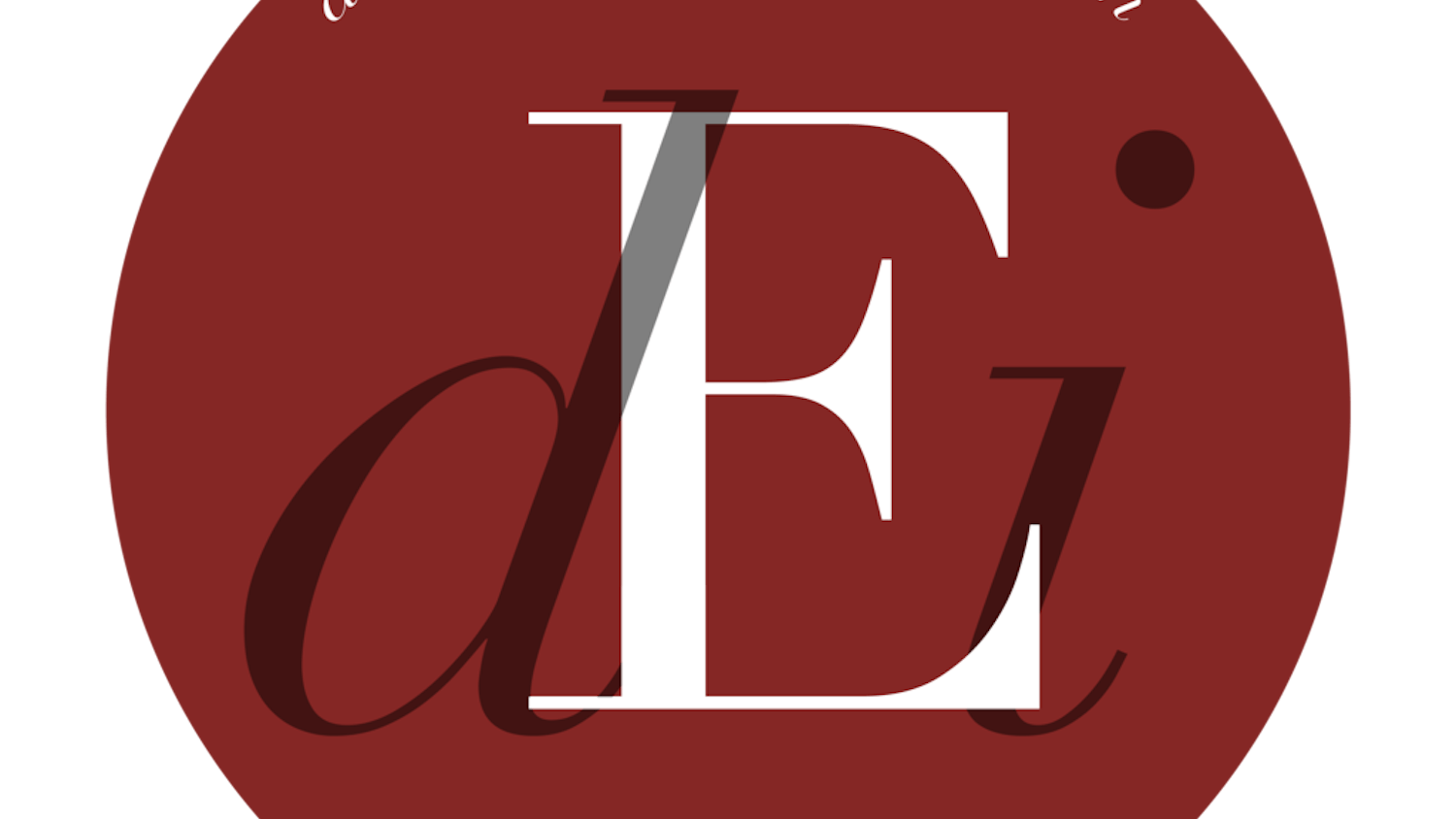On his new musical project, Aubrey “Drake” Graham, the artist who has merged the sound of hip-hop and pop music over the past several years, now adds additional new musical elements to the mix.
“More Life,” the sixth solo entry by Drake, is as much a reflection of the October’s Very Own (OVO) record label chief as it is of what the Canadian artist has been listening to. The project, billed as a playlist, includes Afrobeat, dancehall, grime, neo-soul, pop and trap influences over a 22 track mix. A variety of producers and feature artists contribute to Drake’s eclectic project. Though Drake is inspired by a variety of music on “More Life,” the common genre throughout the playlist is hip-hop.
The playlist’s title is a nod to a Jamaican slang phrase, which means to wish someone well, popularized by dancehall artist Vybz Kartel. By all indications, this solid entry by Drake is full of catchy and vibrant music, and is a substantial improvement on his 2016 LP Views.
“More Life” begins with “Free Smoke,” which sees Drake reminiscing and reveling in his successes as only Drake can. The playlist’s opening track begins with a soulful, slightly high-pitched sample of Australian future-soul group Hiatus Kaiyote’s 2015 song, “Building a Ladder,” reminiscent of Kanye West’s early pitched-up style of sampling. The song then builds up to a heavy trap beat with booming bass, produced by frequent Drake collaborator Boi-1da.
Over skittering hi-hat cymbals and a crisp snare that engage the listener as they wait for the bass to come back on track, Drake starts rapping about his financial struggles years ago and talks about how he “almost gave up on the music thing.” Later on the opening song, Drake talks about the grind he experienced during his early days of touring and recording music.
“But we all so spoiled now,” he raps. “More life, more everything.”
Drake continues flexing over “Free Smoke,” rapping about waking up in silk pajamas, drunk texting Jennifer Lopez (“Old number so it bounce back”), and taking the Golden State Warriors’ team plane to Oracle Arena, their home court.
Though “More Life” starts by treading familiar territory with the sound and subject matter that Drake has used on many songs, the playlist quickly develops into a diverse mix of other genres. British rapper Giggs has feature verses on both the second track, “No Long Talk,” and track 15, “KMT,” adding creative wordplay to the grime-meets-trap beats of both songs. Drake channels dancehall patois on “Blem” and “Madiba Riddim,” similar to how he did on “Controlla” and “Too Good” off of “Views.”
The dance and pop track “Passionfruit,” which Drake sings entirely, features him discussing a long-lost relationship over a mid-tempo beat with synths similar to those used in Afrobeat music. And for those unfamiliar with this African musical genre created in Nigeria, today often mixed with dancehall and hip-hop, look no further than “Get It Together,” track number 4 on “More Life.”
To create the pulsating, syncopated, upbeat soundbed for “Get It Together,” OVO in-house producer Nineteen85 and long-time Drake friend and collaborator Noah “40” Shebib, sample South African house producer and DJ Black Coffee’s 2011 hit “Superman.” The reworked Drake track interpolates the introduction of “Superman” verbatim, only the intro on “Get It Together” is sung by 19-year-old UK singer-songwriter Jorja Smith, not South African R&B and house singer Bucie.
Two tracks off of “More Life,” give other artists a chance to shine on his playlist. One of these two tracks is “4422,” a slow-tempo dose of neo-soul sung by British singer, songwriter and producer Sampha, who Drake has collaborated with before on 2013’s “Too Much.”
Sampha’s high-pitched, layered vocals complement the ethereal tone and melancholy mood of the track. The long wait for the beat to drop on “4422” makes it all the more satisfying when the kick, snare and syncopated hi-hat come in.
Two tracks later on “More Life,” UK rapper Skepta pops up to deliver hard-hitting grime on “Skepta Interlude.” Over two verses, Skepta addresses Drake’s fans unfamiliar with his music (“You better get to know me, Stand up tall, Right next to Kobe”) and boasts that he “died and came back as Fela Kuti.” During this feature, Skepta uses much of the same braggadocio that Drake does early on in his playlist, providing a sample of UK street music.
Elsewhere on “More Life,” Travis Scott and Quavo of Migos fame appear on “Portland.” Drake and one of his musical idols, Kanye West, exchange verses on the motivational, certain-to-be hit “Glow.” 2 Chainz and Young Thug contribute guest spots on “Sacrifices.” Additionally, OVO label signee PartyNextDoor duets with Drake on the neo-soul cut “Since Way Back,” which blends trap and soul music in a similar way that Bryson Tiller did on 2015’s “Trapsoul.”
As a whole, Drake’s latest demonstrates a range of musical influences, from British grime and Jamaican dancehall to South African house music and southern trap. The OVO chief blends all of these genres into a catchy, colorful, and eclectic playlist that helps extend the borders, both geographically and artistically, for hip-hop.
Favorite Track: The melancholy R&B-hip-hop song “Teenage Fever” (Track 14).
Drake’s “More Life” is now available to stream on Apple Music and Spotify.




